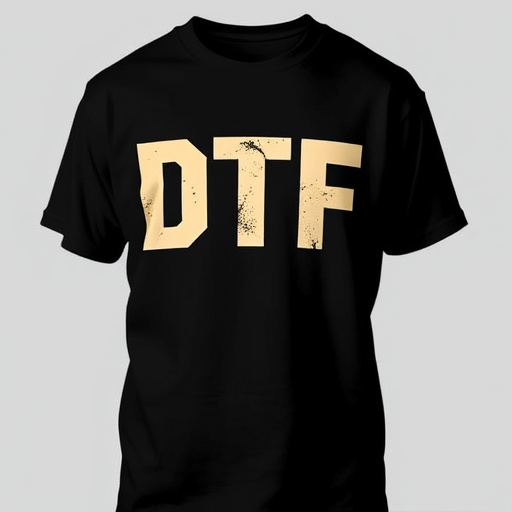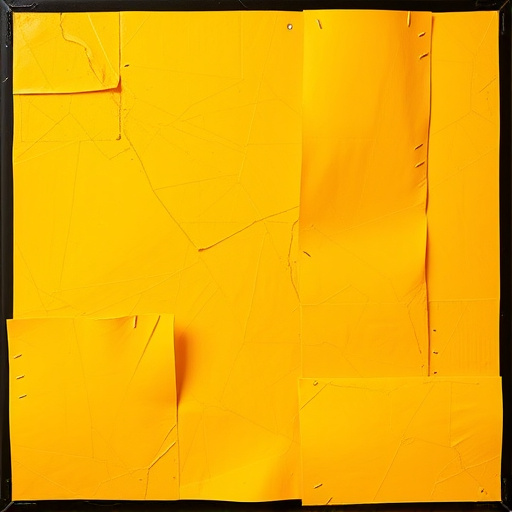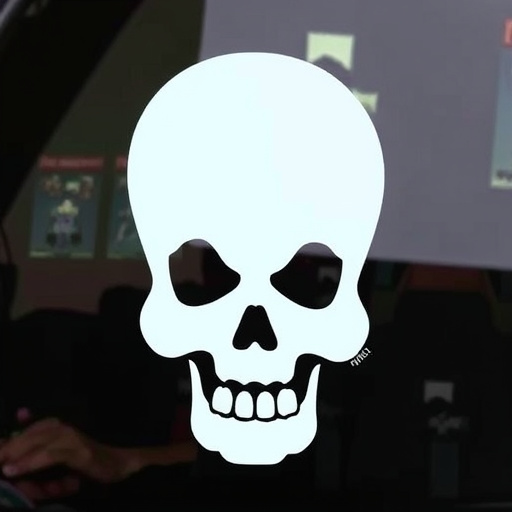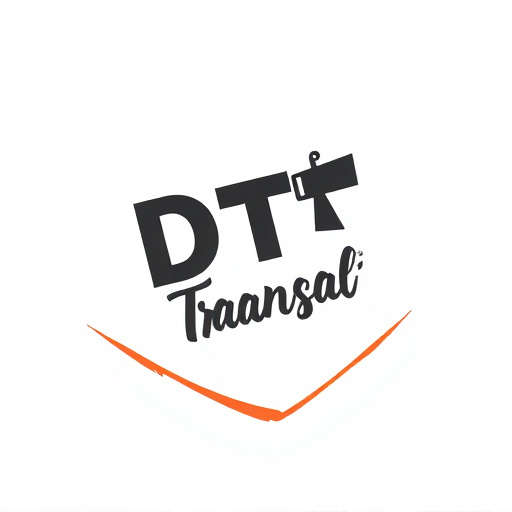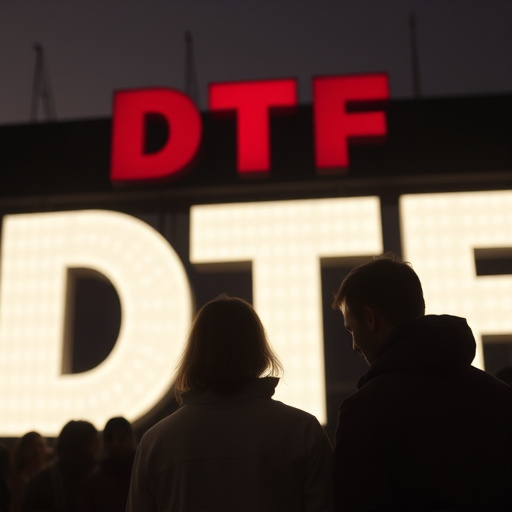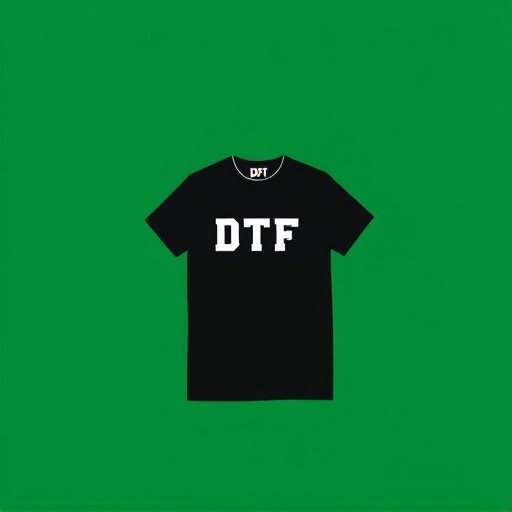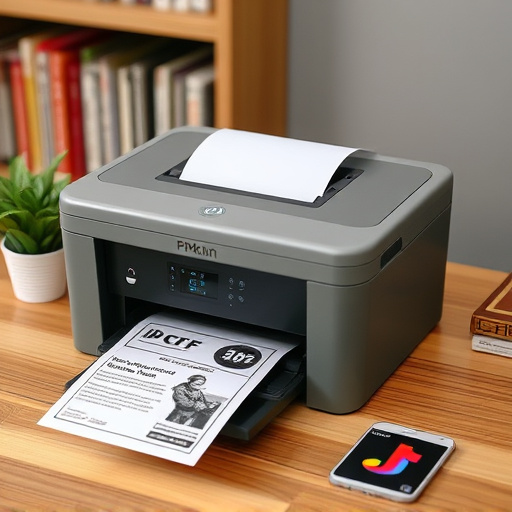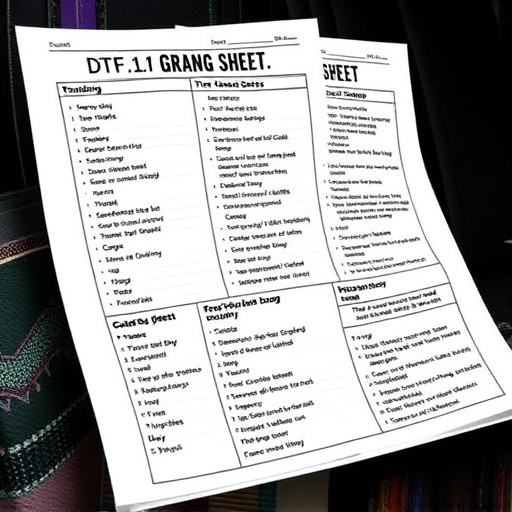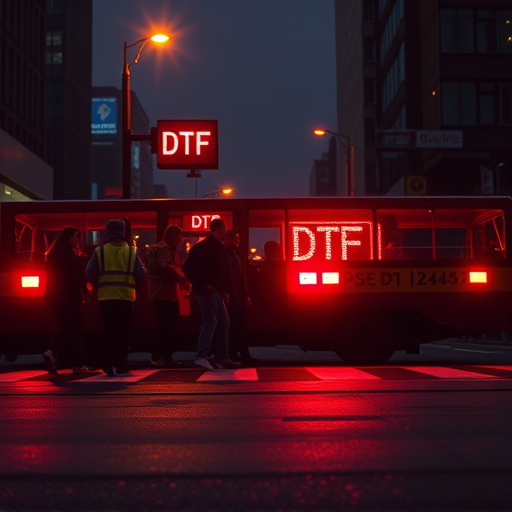Direct-to-Film (DTF) Transfers revolutionize film preservation with a swift 24-hour turnaround, offering high-quality digital conversions suitable for various applications. This cutting-edge process combines advanced scanning technologies and specialized software to capture film frames accurately, preserving color accuracy and detail. DTF transfers cater to the evolving needs of filmmakers, particularly independent creators and those working with analog photography, by providing expedited access to digital footage, facilitating faster decision-making and production integration. Despite challenges in managing tight timelines, the 24-hour DTF process ensures exceptional quality through meticulous techniques, secure data integrity, and innovative applications across industries like events, news, and education.
In an era where time is paramount, the art of film preservation faces a new challenge: direct-to-film (DTF) transfers completed within 24 hours. This cutting-edge process revolutionizes traditional methods, enabling rapid digital conversion from physical film stock. Understanding DTF Transfers and its current market landscape is crucial, especially with the advent of innovative technologies aiming for lightning-fast turnarounds. Explore how these advancements preserve film quality while catering to contemporary demands, including diverse applications and benefits.
- Understanding Direct-to-Film (DTF) Transfers: A Quick Overview
- The Current State of Film Transfer Services
- Challenges in Expedited DTF Production
- Innovative Technologies for 24-Hour Turnaround
- Ensuring Quality and Preservation in Rapid Transfers
- Applications and Benefits of 24-Hour DTF Transfers
Understanding Direct-to-Film (DTF) Transfers: A Quick Overview
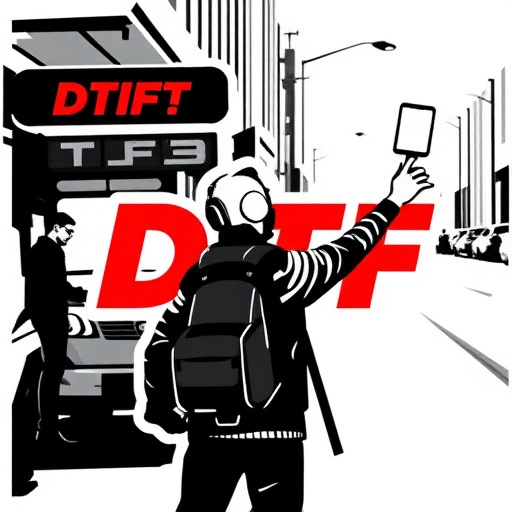
Direct-to-Film (DTF) Transfers are a cutting-edge process that allows for the digital conversion of film footage to a high-quality, durable format within an incredibly short time frame—just 24 hours. This technology is revolutionizing the way filmmakers and archivists preserve and share their work. By bypassing traditional intermediate steps, DTF offers a straightforward method to create precise digital negatives from film, ensuring color accuracy and preserving intricate details.
The process involves scanning the film frame by frame using specialized equipment, capturing every nuance and texture. This data is then processed through advanced algorithms to produce a digital file that can be used for various purposes, including online streaming, printing, or even further editing. With its rapid turnaround time and exceptional quality, DTF Transfer is an invaluable tool for those seeking efficient and effective film-to-digital conversion.
The Current State of Film Transfer Services
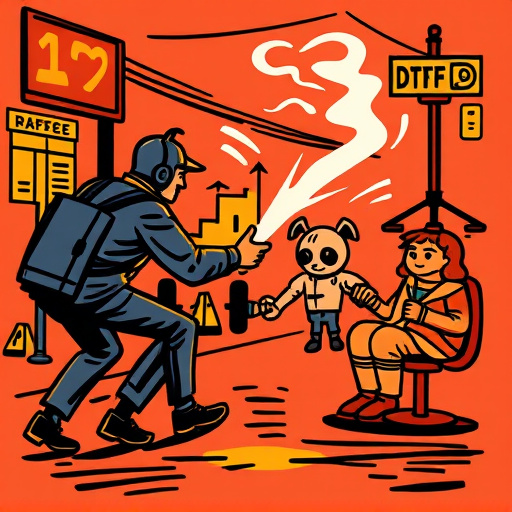
The current landscape of film transfer services is marked by a growing demand for quick and efficient solutions, particularly with the surge in independent filmmakers and the resurgence of analog photography. Traditional methods often involve lengthy processes, taking weeks or even months to complete, which can be a significant roadblock for those needing rapid access to their film footage. This has led to an increased interest in direct-to-film (DTF) transfer services that promise expedited turnaround times, offering a game-changing approach for content creators.
With the advent of advanced scanning technologies and specialized software, DTF transfer services have emerged as a viable alternative. These modern solutions utilize high-resolution scanners and digital cameras to capture and convert film frames into digital formats within a remarkably short time frame—as little as 24 hours. This rapid turnaround allows filmmakers to access their footage promptly, enabling them to make immediate decisions, share rough cuts, or even incorporate the digital elements into their final productions without delay.
Challenges in Expedited DTF Production
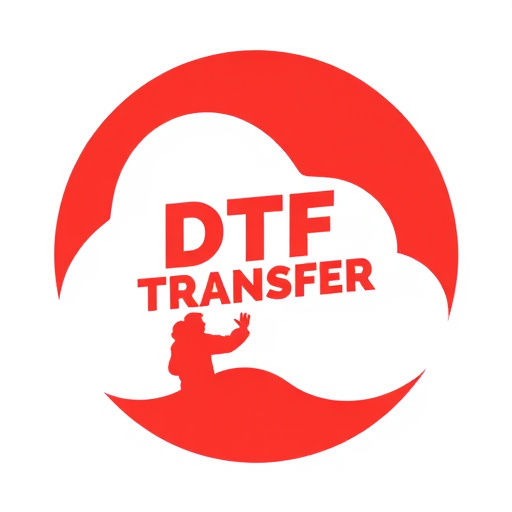
The expedited production of Direct-to-Film (DTF) transfers within 24 hours presents several unique challenges. One significant hurdle is maintaining quality while accelerating the process. Each stage, from film scanning to color correction, demands precise attention to detail to prevent artifacts or loss in image clarity. Skilled technicians are essential to ensure that despite time constraints, each step aligns perfectly with industry standards.
Another challenge lies in managing client expectations. With such a tight turnaround, communicating potential delays or limitations upfront is crucial. Clients need to understand the complexities involved, especially regarding file sizes and the potential for slight variations in final output compared to standard production timelines. Effective communication fosters realistic expectations and strengthens the client-service provider relationship.
Innovative Technologies for 24-Hour Turnaround
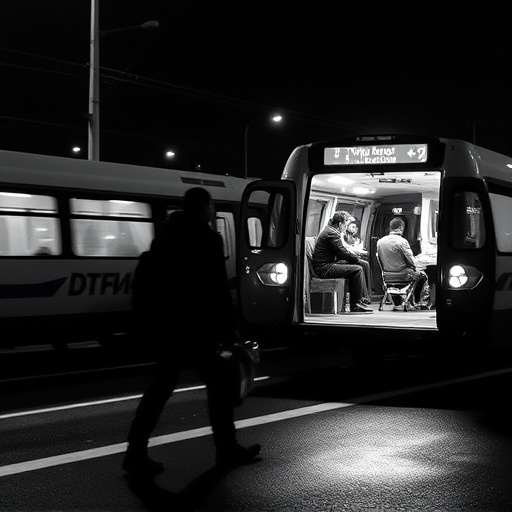
The race to deliver films directly from camera to screen has sparked a wave of innovation in production technology, with one stand-out development being the 24-hour turnaround time for DTF (Direct-to-Film) transfers. This remarkable feat is made possible by advanced digital imaging and post-production processes. High-speed scanners and specialized software algorithms have streamlined the process, enabling filmmakers to capture and convert footage into a finished product in record time.
These cutting-edge technologies not only reduce production time but also enhance quality. Advanced color grading, for instance, can be applied during the 24-hour window, ensuring that each frame is meticulously adjusted for color balance and contrast. This level of precision results in visually stunning transfers, meeting the high standards expected in modern cinema.
Ensuring Quality and Preservation in Rapid Transfers

Ensuring quality and preservation in rapid DTF transfers is a delicate balance. While the ability to produce films within 24 hours is revolutionary, it demands meticulous attention to detail to maintain the integrity of the original content. To achieve this, specialized equipment and techniques are employed to minimize degradation during the transfer process. Professional technicians use high-resolution scanners and advanced color correction software to capture every nuance of the film, ensuring a crisp and accurate digital representation.
Regular quality checks at various stages of the transfer process are non-negotiable. This includes frame-by-frame inspection for any artifacts or inconsistencies and calibration of equipment to maintain color accuracy. Additionally, archival methods such as backing up data on secure servers and using multiple storage formats safeguard against data loss or corruption. These measures collectively contribute to preserving the artistic vision of filmmakers, allowing them to access their work in its purest form even after swift digital conversions.
Applications and Benefits of 24-Hour DTF Transfers
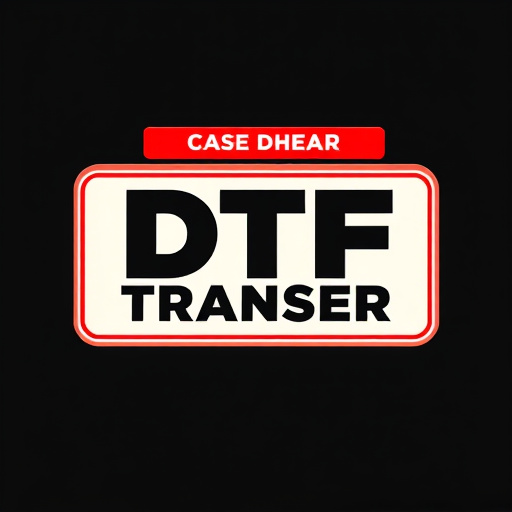
The expedited production of Direct-to-Film (DTF) transfers within 24 hours offers a game-changing solution for various industries, revolutionizing content delivery and accessibility. This innovative process is particularly beneficial for urgent or time-sensitive projects, such as independent filmmakers, documentary makers, and event organizers who require quick access to high-quality footage. By streamlining the traditional transfer process, DTF transfers in 24 hours ensure that valuable media assets can be captured, preserved, and shared promptly.
Applications of this technology span diverse fields. For instance, live events like concerts or sports tournaments can benefit from immediate post-event reviews, allowing organizers to analyze performances and make data-driven decisions. In news and journalism, 24-hour DTF transfers enable rapid dissemination of information, ensuring that breaking news stories are documented and shared almost instantly. Additionally, educational institutions can leverage this method for efficient content creation, facilitating the rapid production of teaching materials or research presentations.

